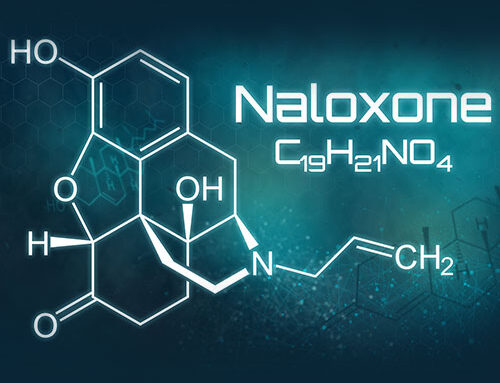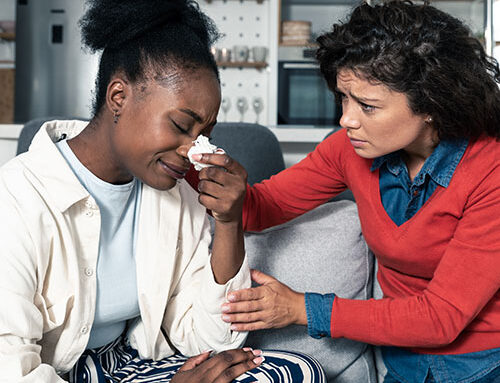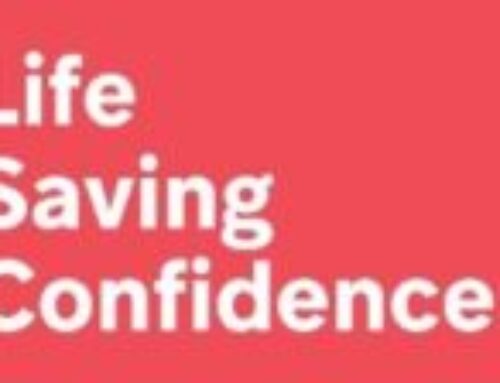Opioid Patients Want to Talk About Naloxone
As a healthcare professional, you’re no stranger to tough conversations. The hazards of smoking, obesity, UV exposure and so on are all topics you’ve discussed with your patients. But what about opioid safety and naloxone? These topics may now fall into this category as well. Your opioid patients might feel uncomfortable bringing it up but research indicates patients want you to raise this topic with them.¹–³ Read on to find out more about what some recent studies say about patient reactions to learning about naloxone.
Review the research
Recent research confirms what you may have suspected for years—that most opioid patients do, in fact, want to learn about opioid safety and naloxone.¹–³ Below are summaries of a few of these studies, including notable outcomes and valuable insights from those who participated.
Primary Care Patient Experience with Naloxone Prescription¹
(Behar E, et al., 2016)
Using a standardized questionnaire, researchers interviewed 60 patients who had received naloxone prescriptions from their primary care providers. Here’s what they found:
- 97% of participants believed that people prescribed opioids for pain should be offered naloxone
- 75% said having naloxone increased their sense of security
- 79% had either a positive or neutral response to being offered naloxone
Here’s what a few opioid patients had to say about being offered naloxone:
“I felt like [my doctor] really cared about me.”
“I thought [naloxone] was a wonderful idea. … I have been on a reasonably high dose for many years and have never overdosed, but there have been at least 1 or 2 times where I’ve [said] ‘Oh, wait, I just took a pill 20 minutes ago and I just took another…oops!’ It can happen to anybody.”
Just having naloxone in the home was considered a plus:
“I think if any opioids prescribed at all that they should definitely should make the patient get [naloxone] cause it’s very useful especially for us with kids.”
Patient perspectives on an opioid overdose education and naloxone distribution program in the US Department of Veterans Affairs2
(Oliva EM, et al. 2016)
Twenty-one veterans (90.5% male; mean age 48.7 years) took part in an opioid overdose education and naloxone distribution (OEND) program. It was generally well received, even by those with no medical need for a naloxone kit. Participating veterans thought the training was interesting, novel and empowering. They also believed that naloxone kits would save lives.
Many participants responded favorably to the offer of naloxone:
“If you’re being prescribed opiates I believe a kit should be handed out.”
“Having the knowledge and the means to administer that to somebody to save their life I think is wonderful.”
“We’re learning something new, you know, that could possibly… save our own life or someone else’s.”
“…it’s just another tool that can be used.”
Knowledge of and interest in opioid overdose education and naloxone distribution among US veterans on chronic opioids for addiction or pain3
(Tiffany E, et al., 2015)
Ninety patients at a Midwestern Veterans Health Administration hospital (93.3% male; average age 50 years) who had been receiving opioids for at least 3 months were interviewed regarding their attitudes and experience with opioid overdose prevention and naloxone (52 patients were from the Opioid Substitution Clinic; 38 were from the Pain Management Clinic). Prior to the study, less than half of participants had heard of naloxone and none owned a naloxone kit. After the participants heard a brief description of naloxone and an explanation of how it is used, researchers found that:
- 90% of participants believed the kits would be useful to veterans at risk of opioid overdose
- 65.6% reported that they would want a kit if it were available (15 individuals said they would want a kit even though it would not be personally useful to them, perhaps because they had family and friends who were at risk of opioid overdose)
- Almost all said they would be willing to use a kit if they witnessed someone having an opioid overdose
- 54.4% preferred an intranasal spray device; 21.1% preferred an intramuscular injection device (24.4% did not report a preference)
Consider the Potential Rewards
Conversations about naloxone and opioid safety may not resonate with all of your patients. Some could genuinely be offended because they feel accused. Others will simply fail to heed your advice. You might even have one or two patients who you fear will view naloxone as a license to misuse opioids. But isn’t it worth the risk to discuss opioid safety and naloxone with your opioid patients? This conversation might also encourage patients to take personal responsibility for their safety and actively protect their well being. It’s possible that these discussions could also promote mutual trust and strengthen the relationships between you and your patients.
NOTE: This article was not written by a medical professional and is not intended to substitute for the guidance of a physician. These are not Hikma’s recommendations, but rather facts and data collected from various reliable medical sources. For a full list of resources and their attributing links, see below.
HK-1526
References
- Behar E, Rowe C, Santos G-M, Murphy S, Coffin PO. Primary Care Patient Experience with Naloxone Prescription. Ann Fam Med. 2016;14:431–436.
- Oliva et al. Patient perspectives on an opioid overdose education and naloxone distribution program in the US Department of Veterans Affairs. Substance Abuse. 2016;0(0):1–9.
- Tiffany E, Wilder CM, Miller SC, Winhusen T. Knowledge of and interest in opioid overdose education and naloxone distribution among US veterans on chronic opioids for addiction or pain. Drugs Educ Prev Pol. Early online:1–6.






